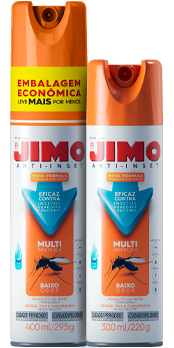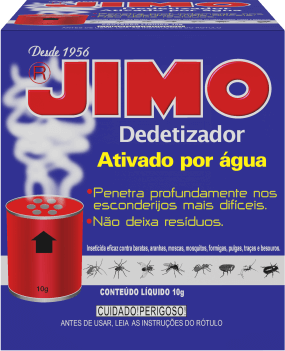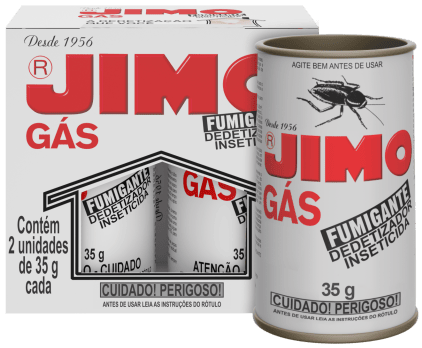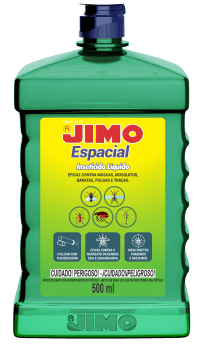
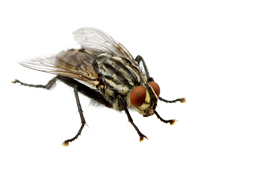
Insects of worldwide distribution, not being found only in the polar regions. Flies belong to the order Diptera, as well as mosquitoes. Organisms belonging to this Order are characterized by the small size of their rear wings (used as balance organs) and the prominence of the front wings. In addition, they undergo complete metamorphosis, going through the stages of egg, larva, pupa and adult.
Many species of flies act as vectors of pathogenic micro-organisms in humans and animals. The housefly is the most common species in urban environments.
The most common species in urban areas is the housefly. Houseflies are usually more active in the hottest hours of the day, looking for well-lit places. The oral apparatus of this type of fly only allows the intake of liquid or semi-liquid food, which can be wet or rotting, so they regurgitate their strong enzymatic saliva, thus liquefying solids.
In a domestic environment, they are usually attracted to garbage and food such as fish, meat, milk and sugary substances. The eggs are deposited in places with decomposing organic matter and take about 8 to 24 hours to hatch. The larval stage lasts about 3 to 5 days, and the pupal stage as well. This period depends on environmental conditions, but lasts on average between 10 and 14 days. They are vectors of various diseases because they transit on unprotected food in homes.
It has great importance as a mechanical vector, conveying pathogens in their body and transmitting diseases such as salmonellosis, enteritis, amoebic dysentery, hepatitis, conjunctivitis, leprosy, worms, etc.
The most common diseases are diarrhea, cholera, conjunctivitis, gastroenteritis and tuberculosis.





















